Safran DSI - ENERTEC MCRC Mission Recorder Cockpit Control
The Mission Recorder Cockpit Remote Control Unit is mounted in a cockpit dashboard and connect to a recorder system. The MCRCR shows status information on the NVG compatible display and can remote control the Mission Recorder System.
The ENERTEC™ mission data processing and distribution units are dependable, cost-effective solutions designed to facilitate field and mission data handling, processing, storage, analysis, and distribution. These units are compatible with both manned and unmanned ground, air, and sea vehicles, offering a dependable resource. Each unit undergoes rigorous testing and validation, adhering to industry-standard testing procedures such as DO-160 and MIL-STD-810.
MCRC Features
|
Remote Control of the Mission Recorder |
|
|---|---|
|
Standard Installation - Easy to Handle |
|
|
Compatible with the VS Mission Recorder Series |
IRIG 106 Ch.6 Remote Command & Control |
|
Extremely Low Space Requirements |
5.7 x 2.2 x 1.97’ / 1,54 lb |
|
Qualified for Harsh Environment |
DO-160, MIL-STD-704, -461, -810 |
|
Designed to Minimize Obsolescence Risk & Management |
FPGA-Based Design |
More Product Information
COMTRACK stands as the preferred choice for over 100 trusted telemetry tracking operators.
Its track record spans various applications, from military aircraft and helicopters to commercial aircraft and even launch vehicles. COMTRACK steps in where larger, space-consuming parabolic systems may not be the best fit.
With its compact, rugged design, this embedded phased array auto-tracking antenna excels at providing reliable telemetry reception across L, S, or C-bands, covering the entire sky up to 93 miles away. Its intelligent integration combines high-elevation reception with long-range capabilities, all within a protective radome.
Additionally, it enables dual-band installations to support systems operating in both current and future frequency ranges. When it comes to trust, simplicity, and performance, COMTRACK takes the lead.

Configuring, managing, and integrating the system are crucial steps for ensuring the success of flight testing and achieving precise telemetry. eZ Software is your go-to solution.
- eZ SetUp software allows to configure from a single acquisition unit to a complete acquisition system within a network architecture.
- eZ Operation software is an advanced tool for centralized supervision and control of complex test systems from an onboard operator station.
- eZ Processing / Advantys software offers advanced functions for data display and processing.
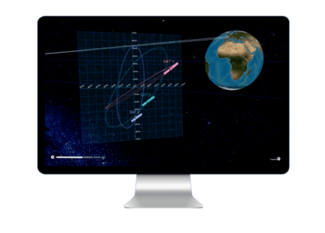
WeTrack® stands as a one-of-a-kind service developed, possessed, and operated by Safran Defense & Space, Inc. (formerly Safran Data Systems, Inc.). Leverage its autonomous network of radio frequency (RF) sensors to attain precise orbital positions with high data update rates, enhancing your decision-making capabilities across all orbit scenarios, thanks to our global coverage. With automated sensors for detection and tracking, stay well-informed 24 hour, every day of the year.
Our patented technology, designed for passive satellite emissions reception, provides comprehensive coverage of all orbits, boasting multiple networks deployed in the United States, Europe, and Asia. WeTrack® grants real-time access to information through a secure web portal.
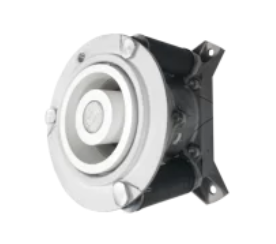
The PPS®X00 plasma thruster (Hall effect) takes benefit of Safran’s long experience with electric propulsion to propose a very efficient product. PPS®X00 was designed to address the specific requirements inherent in the “New Space” market environment. With a lifespan exceeding 5,000 hours and very high specific impulse, the PPS®X00 is an extremely versatile thruster, making it ideal for all types of applications in its core market: low Earth orbit (LEO).

The RTR-X4 is one of the most advanced digital telemetry receivers on the market with its well-recognized RF performance and signal processing capability.
The 4U chassis-based RTR-X4 can support up to four channels providing flexibility and capability as well as a rich set of features for different frequency bands, modulations, decoders and output formats.
Not only does the CORTEX RTR provide an extensive set of features for different frequency bands, modulations, decoders and output formats, but the user can easily upgrade the equipment in the field to access additional and new features. The RTR-X4 is an excellent fit for flight test ranges, offering full flexibility and easy access to settings through its user-friendly GUI on the embedded 8.4-inch screen.
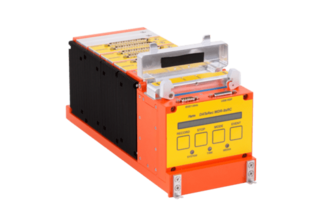
The MDR system is your key to data collection in challenging, real-world airborne flight test scenarios. Its modular design allows it to seamlessly adapt to the full spectrum of test requirements, whether it’s a lightweight task or an extensive mission with diverse signals, environmental challenges, and lengthy recording periods.
A comprehensive range of signal interface modules, custom-tailored for various data sources and bus types, ensures that it’s ready to meet today’s demands and future requirements.
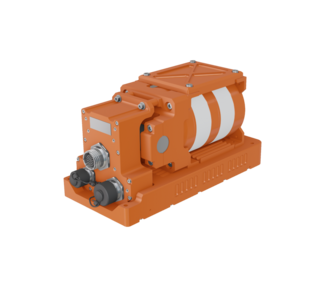
The B.SAFE is a crash-survivable flight data recording for board defense aviation aircraft and helicopters.
B.SAFE is designed to capture audio, video, and data on a Crash Survivable Memory stored in a rugged and highly compact chassis. You can easily replay the recorded data in a standard PC/Windows® environment using post-mission analysis software.
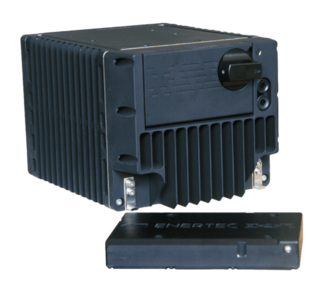
The VS1510 is a video & data recorder/server packaged in a rugged compact chassis (4.92” x 5.75” x 7.28 ” / 9.9 lb), for recording on a Removable Memory Module (RMM).
Recorded data can be replayed in a standard PC/Windows® environment, using specific or COTS mission debrief solutions for post mission analysis.
In addition, typically for ISR applications, data can be replayed while recording on board. The ENERTEC™ mission data processing and distribution units offer cost-effective and dependable solutions for collecting, processing, storing, utilizing, and sharing field and mission data.
These units are designed for both manned and unmanned ground, air, and sea vehicles. They undergo rigorous validation and formal qualification testing, conforming to established standards such as DO-160 and MIL-STD-810.

N-XONOS is a X-band transmitter dedicated to small satellites and designed to answer to an increasing demand of high data rate transmission. It is a new generation of transmitters on an innovative design.

Safran DSI
Safran Defense & Space, Inc. (Safran DSI) is a leading provider of cutting-edge solutions designed to address the evolving challenges of national defense and advanced space missions. Headquartered in Arlington, Virginia, Safran DSI operates through specialized business units in Optronics, Space Solutions, Testing & Telemetry, Geospatial Artificial Intelligence (AI), and Assured Positioning, Navigation, and Timing (PNT). Safran DSI leverages its parent company's innovative technologies and global resources to deliver unparalleled solutions across air, land, sea, and space domains.
Testing & Telemetry BU provides complete end-to-end solutions from instrumentation, mission systems, on board recording and transmitting to base station for monitoring and controlling data. Our complete solutions are platform agnostic and are adaptable to the customer mission needs. Our instrumentation and telemetry turnkey solutions for mobile and stationary systems. This includes, but not limited to, data acquisition units (DAUs), on board recording, ground receiving, recording, and processing applications for fixed and rotary wing, manned and unmanned systems, eVTOL aircraft, as well as missile systems and space rockets/launchers. We offer comprehensive data management solutions for operational aircraft allowing for ISR, Search & Rescue, mission data loading & data transfer and pilot training & debriefing.
Contact Details
Safran Defense & Space, Inc.
3005 Business Park Drive, Norcross, GA 30071, USA
Phone: 770-753-4017
Test & Measurement

